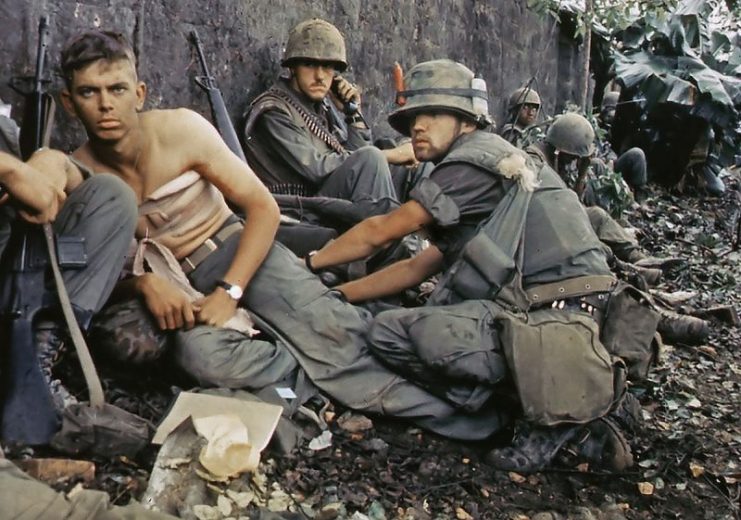Almost 50 years ago, a young 20-year-old photographer, working for Stars and Stripes Magazine, took a series of iconic photographs during the Tet Offensive in Vietnam.
He never thought that the war had affected him until he started to trace the Marines that he had photographed and listened to their stories. He wanted the stories to accompany his photographs in an exhibition.
The young photographer was John Olson and the most iconic of the photographs that he took shows wounded Marines being transported on a tank. The picture was taken in 1968 during the Battle of Hue and now forms the centerpiece of his exhibition, named “The Marines and Tet,” which is currently showing at the Newseum in Washington, D.C.
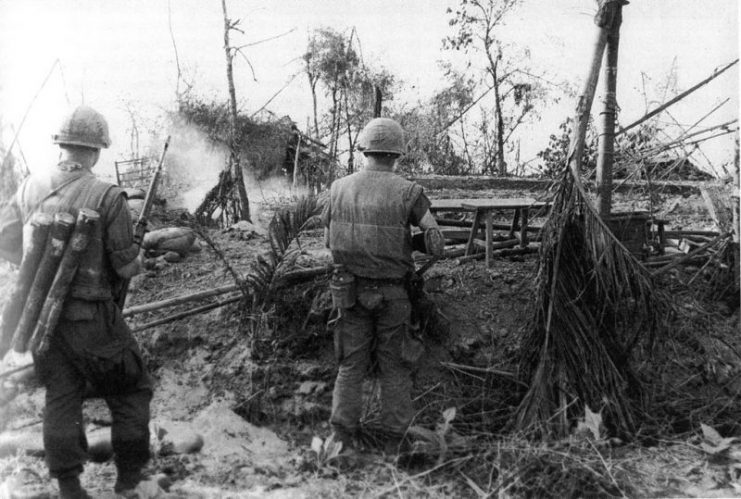
Olson was recently interviewed by Stars and Stripes, and in the interview, he said that he had no memory of taking this specific photograph as he was merely trying to record as many good images as he could.
The Tet offensive started on 30th January 1968 and proved to be one of the bloodiest battles of the Vietnam War. Tet, meaning New Year, was an offensive where the North Vietnamese sent wave after wave of attacks against the combined American and South Vietnamese forces. Estimates vary at the number of losses, but the most reliable show that the North Vietnamese lost some 60,000 men – around four times the number of American casualties.
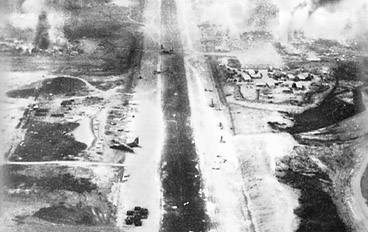
The American public was already wary of this war and the endless casualties and photographs of brutality on both sides. These photographs, taken by a young, eager reporter, contributed in no small measure to America eventually backing out of the conflict in 1973.
The stories the Marines told Olson about their experiences have had a profound impact on Olson’s life. These stories have been added to the exhibition and bring a feeling of poignancy that cannot be underestimated.
https://youtu.be/rptvEPBXZKk
A. B. Grantham, the shirtless, wounded Marine lying on the makeshift stretcher, told how he and his gun team were in a room when, they think, a B-40 rocket round exploded against the back wall destroying the room and burying the team under rubble. Grantham dug his way out and saw that his three comrades had been wounded, so he began dragging them outside.

One of the group asked Grantham to recover their M-60 machine gun to save it from falling into enemy hands. He returned to collect the weapon, and as he turned, he saw a North Vietnamese soldier aiming his gun at him. He stood and looked at the man, and was then shot in the chest.
His friends rescued him and, using the cellophane from their cigarette packets, gave him rudimentary first aid and carried him to the tank on a door that they used as a stretcher. He remembered smelling the diesel fumes but was not conscious of the battle raging around him.
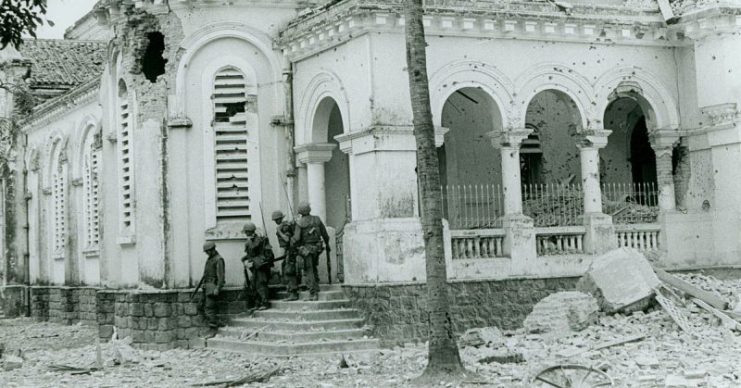
Former Staff Sergeant Bob Thoms told Olson the story of holding the Dong Ba Tower. This tower was the highest point in the area, and he and his team of six had been instructed to hold it at all costs, even if the task meant hand-to-hand fighting with bayonets. As darkness fell, he saw what he guessed to be 200 NVA soldiers creeping toward the tower. He could remember smelling fish sauce – a smell that was common on the breath of the NVA soldiers.
As the sky started to brighten, the Viet Cong prepared to attack, and Thoms remembered one of his men asking him to pray as he said they would not be getting out alive. He could not recall any prayers and he wondered how to pray, and one of the men quipped that it was like talking to their General.
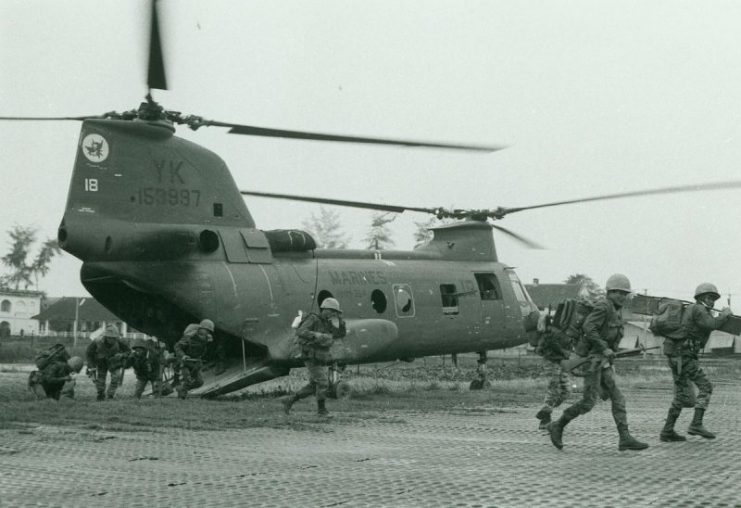
The small band of Marines held hands and bowed their heads in prayer. Thoms remembers the words he said before an explosion threw him into the air, “God, we know we’re about to see you in person. If we’ve got to die on this tower, let us die like men and Marines and don’t embarrass ourselves, our families or the Marine Corps. Amen.”
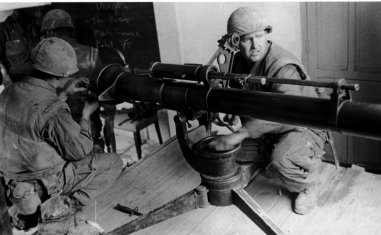
Thoms landed at the bottom of the hill, where his captain found him. The captain then gave him more men and told him to return to retake and hold the tower. Olson cannot remember many specific details, but some, like Thoms second assault on the tower, are clear in his memory.
He also remembers taking three photographs of the same Marine: the first image of him writhing, the second of him screaming, and the third of him lying still. He captioned this triptych “Transition from Life to Death.”
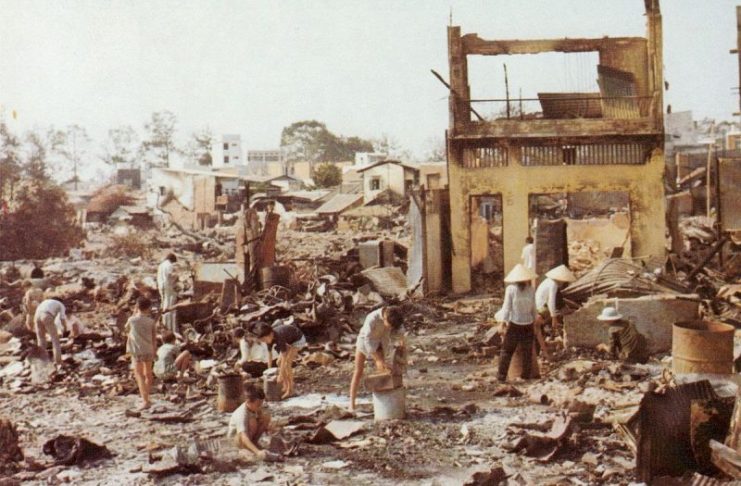
Read another story from us: The ‘Huey’ – Legendary Workhorse of Vietnam War in 30 Pictures
Olson’s images are powerful, and at the time they were taken they convinced Life Magazine to make Olson a staff photographer – the youngest in their history. Aware of how the images affected his life as well as his career, Olson is now no longer sure that the Vietnam War did not change him. He is still unsure of how it affected him, and he is not confident that he will ever understand.
